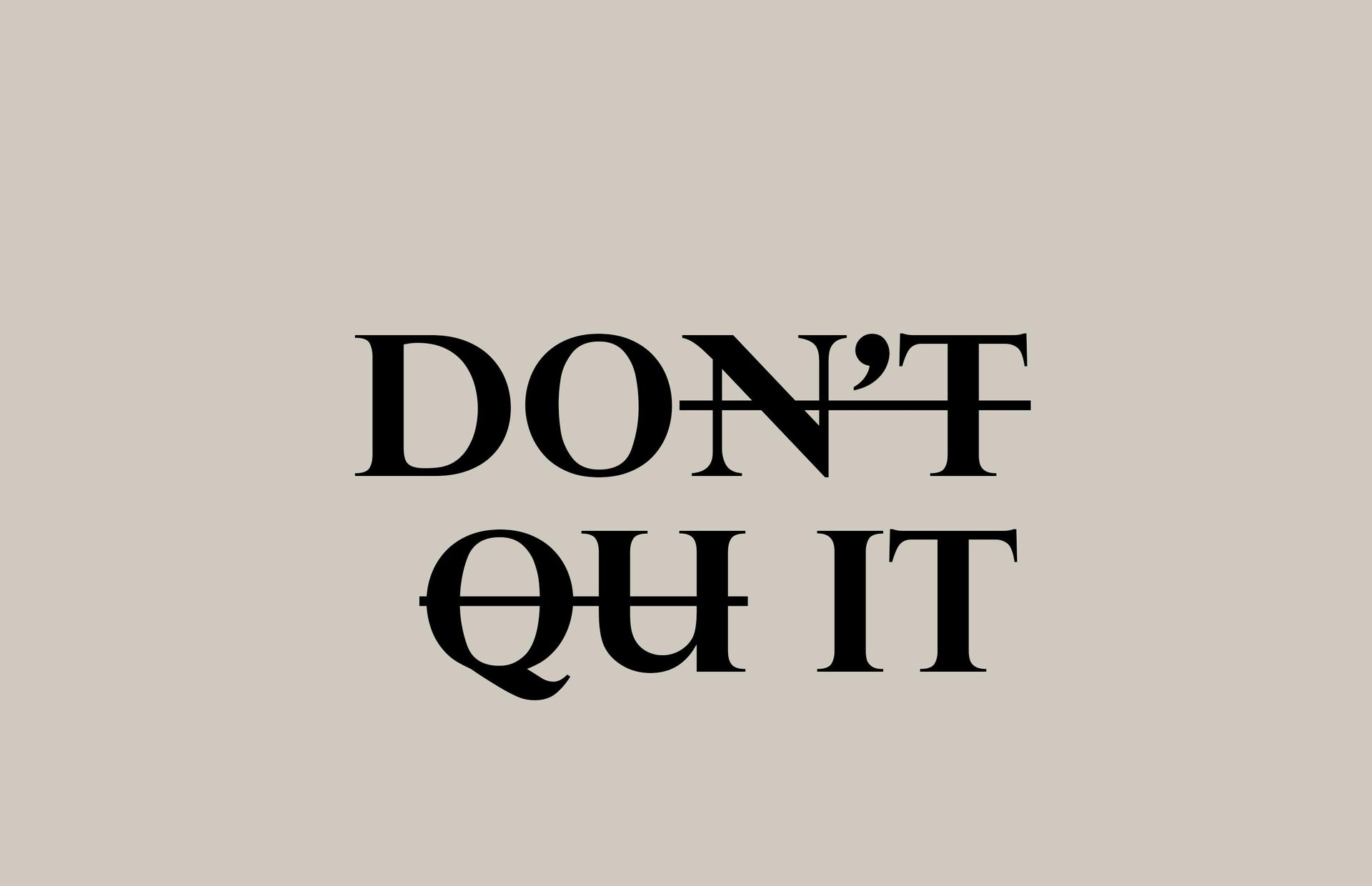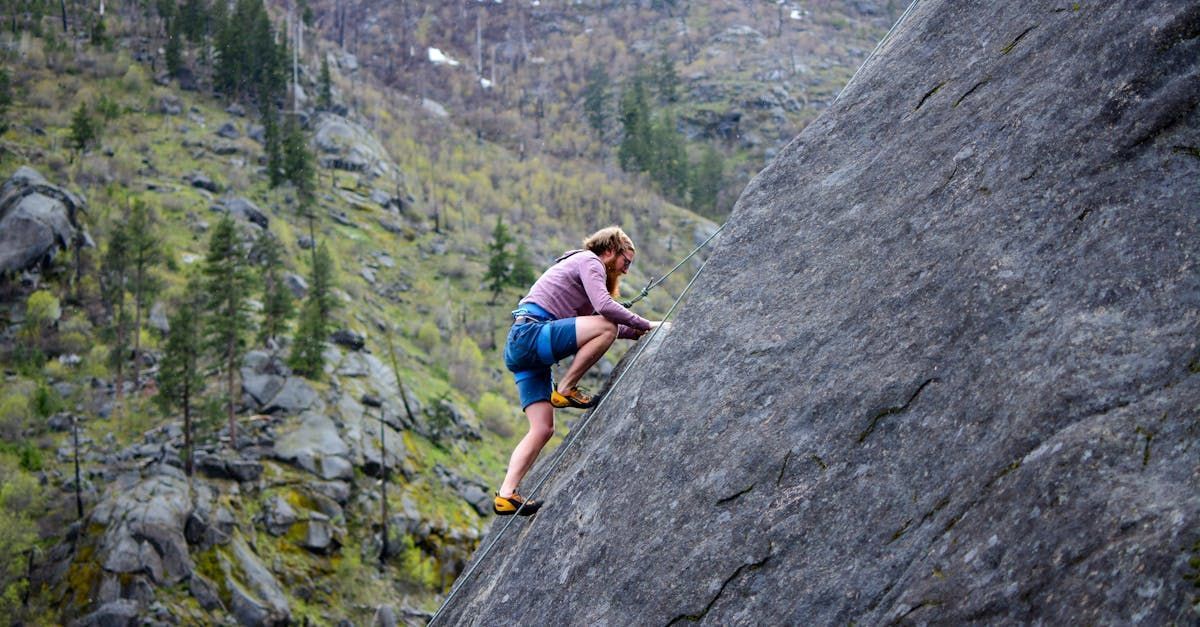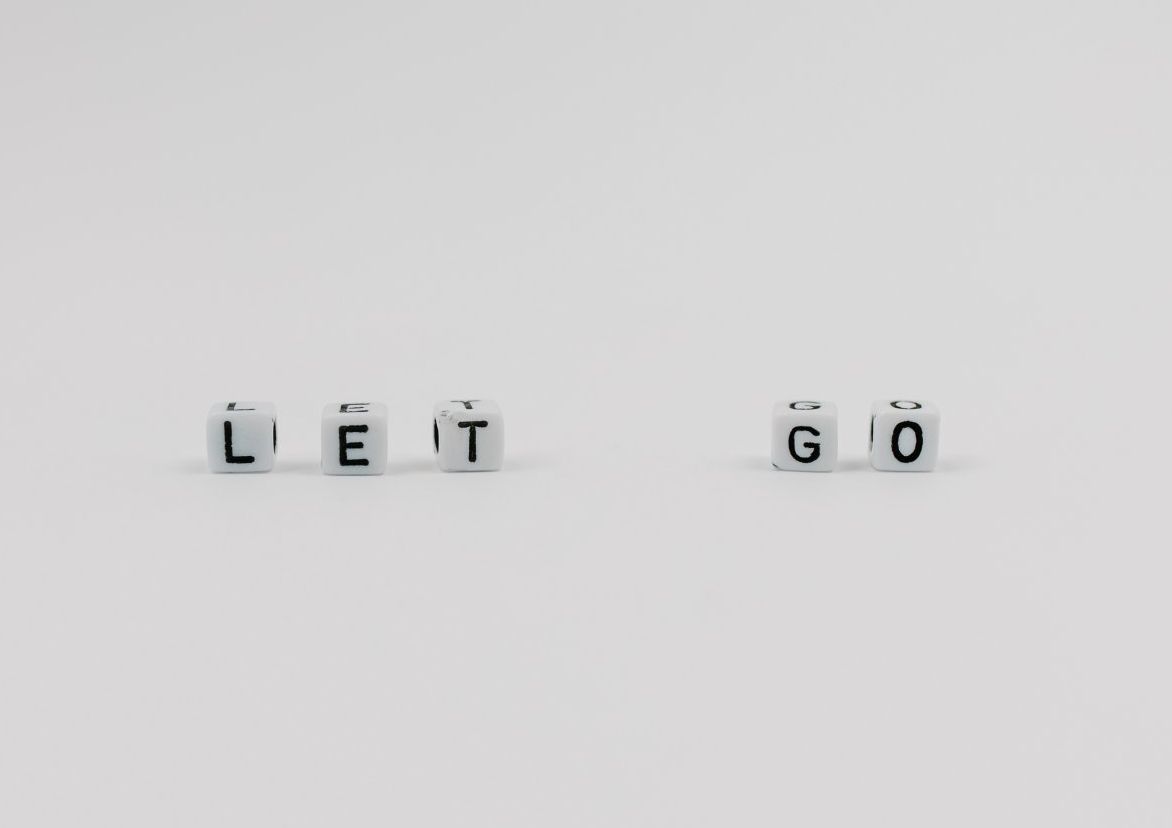Resilience Reflections
Resilience: A Balance of Resistance & Adaptation

The Joshua Tree stands as a powerful symbol of resilience in nature. Despite its slow growth, it thrives in harsh desert environments. It endures extreme conditions not by changing rapidly, but through steady endurance and adaptation: drought tolerance, fire resistance, and genetic diversity. It survives on its own terms.
Whether it's a community, an ecosystem, or an individual, the capacity to both endure and resist or adapt and change defines resilience. Two ways to bounce back after a setback are through adaptation and resistance. Adaptation involves changing in response to challenges. Resistance, or "stress hardiness," involves holding firm, drawing on inner strength and existing resources to withstand pressure. Both are valid, resilient responses to difficulty.
Being resilient doesn't mean shaping ourselves to every force or pressure that comes our way. It means adapting when it serves us and resisting when it does not, making a thoughtful decision about what to change and what to keep. Consider someone facing a health challenge like Type 2 diabetes. They might embrace changes like healthier food choices and exercise yet resist weight loss medication due to valid concerns about side effects. Another person may reject a higher paying job that requires them to be in the office full-time due to a personal desire to telework while living with an elderly parent.
Not all adaptation is positive or an opportunity for growth. Sometimes the better option lies in resistance- in remaining steadfast when the challenge reveals an inner conflict around our personal values. We’ve all had moments when we chose not to go along with something we believed was wrong. Maybe it was not going along with peer pressure, refusing to follow unethical orders, stepping away from a job because of policy changes, or choosing not to support a business whose practices don't align with our values. Such acts of resistance reflect an inner conviction—the kind that protects integrity, not just survival.
Resilience doesn’t require silent endurance, passive acceptance, or stubborn defiance. It’s about choosing what we can and will change, and what we can but won’t change: what we will accept, and what we will resist. What decisions have you made that reflect resilience by both adapting and resisting?
“We must adjust to changing times and still hold to unchanging principles.” -Jimmy Carter
© 2025 E. Enriquez Counseling & Coaching, LLC









